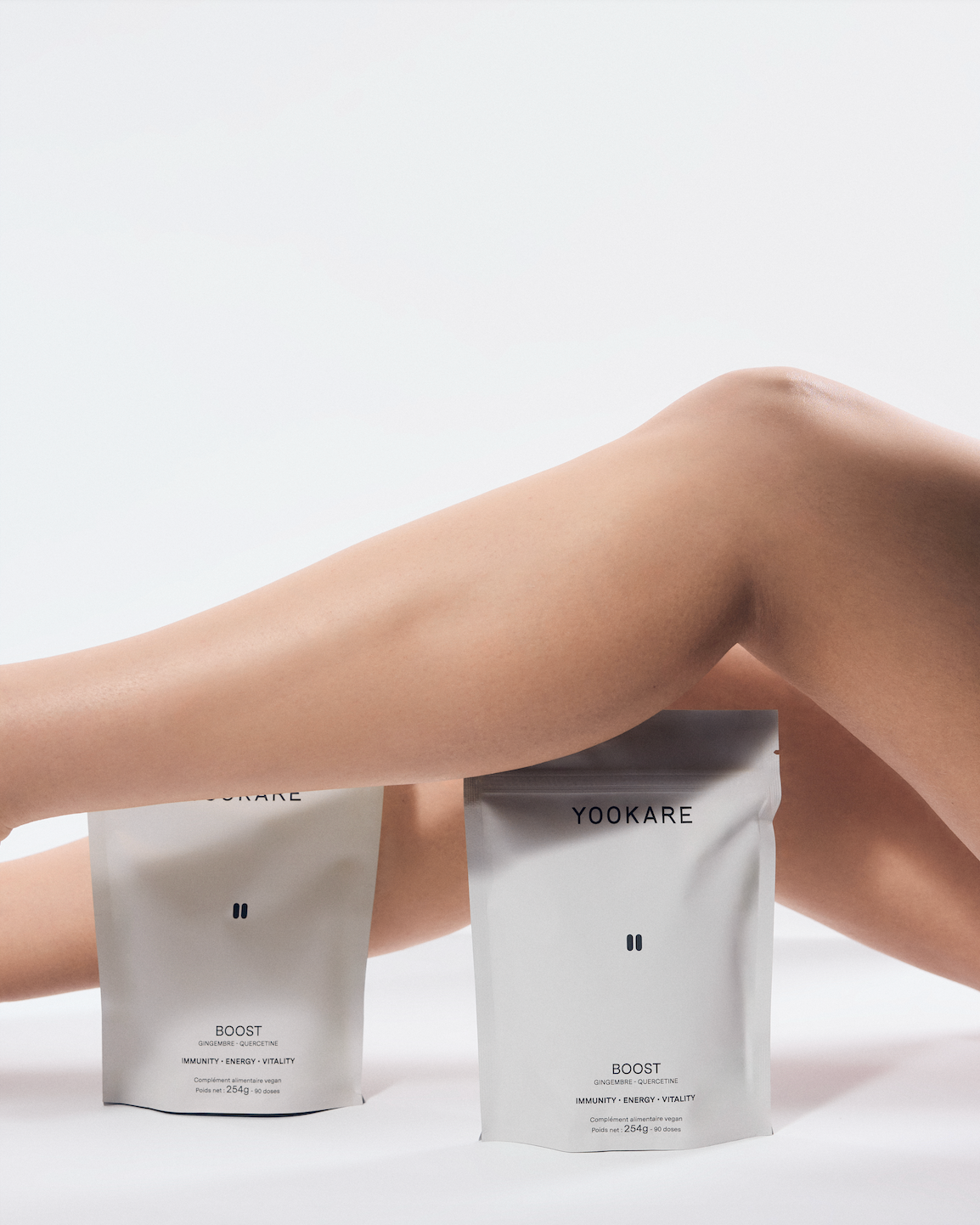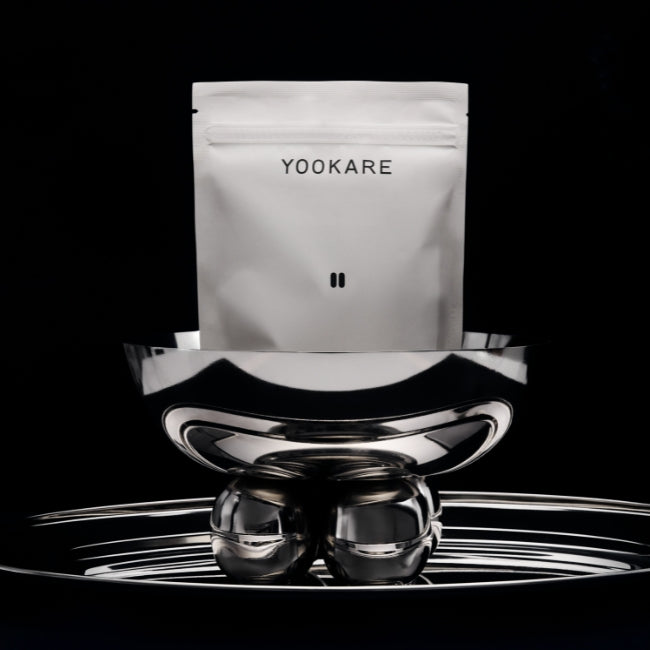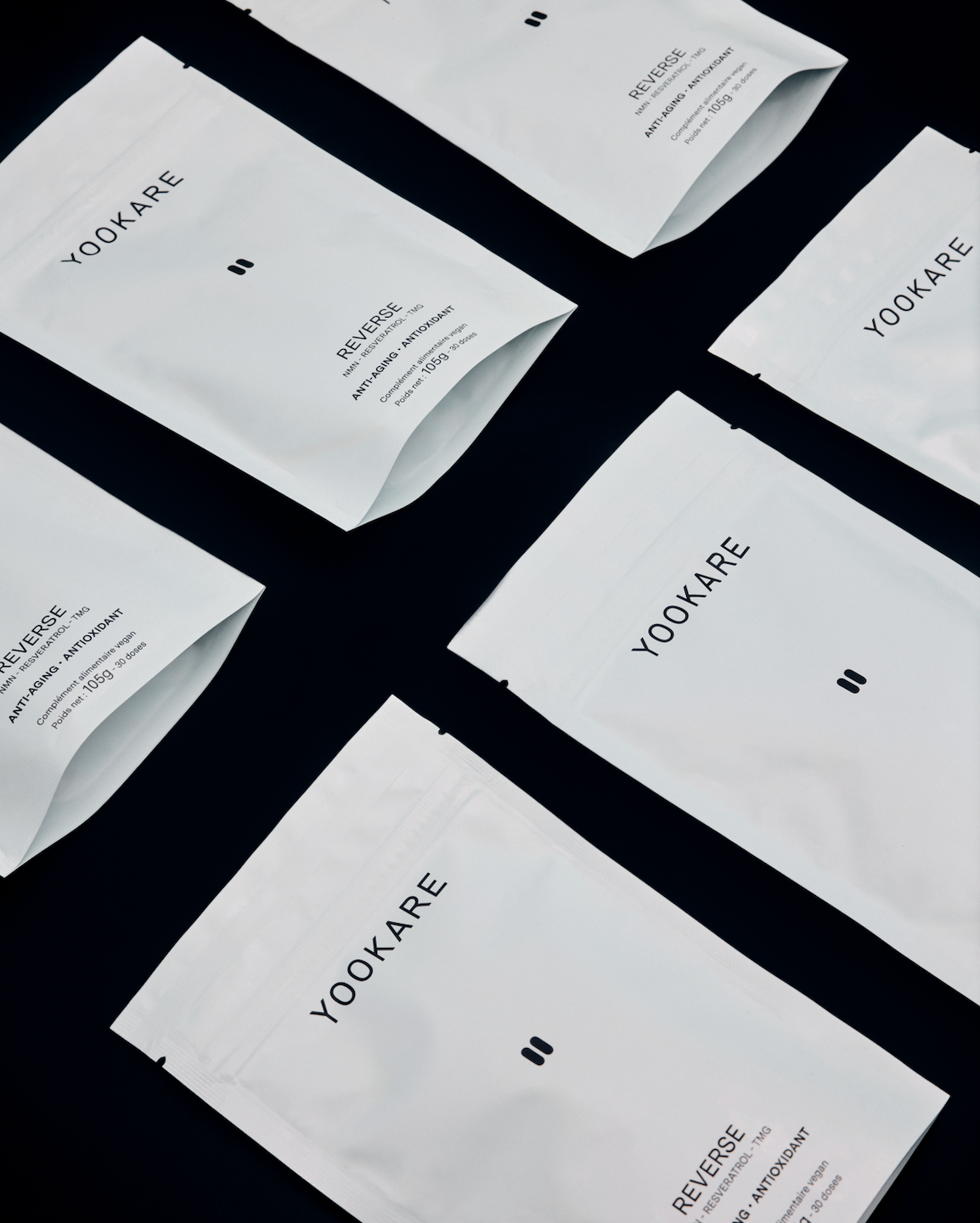
The Anti-Aging Powers of Sport: How Physical Exercise Can Make You Look Younger
Aging is an inevitable process, but it is possible to influence its effects. While certain dietary supplements, skin care products, and anti-aging therapies have become popular, one of the simplest, most natural, and most effective methods for slowing aging remains physical exercise . Exercise is much more than just an activity aimed at staying in shape or losing weight. It has profound effects on physical, mental, and cellular health, making it a true elixir of youth.
This article explores the anti-aging powers of exercise and how regular physical activity can not only slow down aging, but also reverse some of its effects.
1. Sport, a natural anti-aging agent for skin and muscles
Perhaps the first visible effect of exercise is its impact on the skin and muscles . As we age, our skin loses elasticity, becomes thinner, and wrinkles appear. In addition, muscle mass decreases with age, a process called sarcopenia , which leads to a loss of strength and mobility. However, exercise can counteract these effects.
a. Improved blood circulation and oxygenation of the skin
Physical exercise improves blood circulation and oxygenation of tissues, including those in the skin. Better circulation means more nutrients and oxygen reach the skin, which helps with its regeneration. It also promotes the production of collagen , a protein essential for skin firmness and elasticity. Studies have shown that people who exercise regularly have healthier, smoother, and more radiant skin.
b. Preservation of muscle mass
Exercise, especially resistance and strength training, helps prevent age-related muscle loss. Maintaining healthy muscle mass not only keeps you strong and mobile, but also helps maintain a high metabolism, which helps prevent age-related weight gain. Working your muscles also stimulates the production of growth hormones, which supports cell regeneration.
2. Slowing down cellular aging
Cellular aging, marked by the accumulation of damage in cells and a decrease in their ability to regenerate, is one of the main mechanisms of aging. Fortunately, physical exercise can delay this process.
a. Telomere protection
Telomeres are structures located at the ends of chromosomes that play a critical role in cell division. With age, telomeres shorten, limiting the ability of cells to divide and repair themselves. Studies show that people who regularly engage in moderate to vigorous physical activity have longer telomeres than those who are sedentary. This suggests that exercise can indeed slow cellular aging.
b. Reduction of oxidative stress
Oxidative stress is another major factor in aging. It is caused by free radicals that damage cells and tissues. While exercise can temporarily increase free radical production, it strengthens the body's natural antioxidant defenses in the long term. This means that, over time, cells become more resistant to stress and aging.
3. Prevention of age-related chronic diseases
Sport not only slows down cellular aging, it is also a powerful tool for preventing chronic diseases that increase with age, such as cardiovascular disease, type 2 diabetes, osteoarthritis and even certain cancers.
a. Improved cardiovascular health
Heart disease is one of the leading causes of death worldwide, and the risk increases with age. However, exercise, especially cardiovascular activities such as brisk walking, running, swimming, or cycling, improves heart health by strengthening the heart, lowering blood pressure, and improving circulation. These activities also help regulate cholesterol levels and reduce the risk of heart attacks.
b. Blood sugar control
The risk of developing type 2 diabetes increases with age. Regular exercise improves sensitivity to insulin, a hormone that regulates blood sugar. By reducing insulin resistance, exercise helps stabilize blood sugar levels and thus prevent diabetes and its complications.
c. Joint support
Osteoarthritis , a degenerative joint disease, is common among older adults. Exercise, especially low-impact activities like swimming, yoga, or tai chi, helps strengthen the muscles around the joints, improve mobility, and reduce pain . Contrary to popular belief, regular exercise protects joints rather than damaging them.
4. Positive impact on mental health
Aging affects not only the body, but also the mind. Depression, anxiety, and cognitive decline become more common with age. However, exercise offers significant benefits for mental and cognitive health.
a. Production of endorphins
Exercise stimulates the production of endorphins , happy hormones, which improve mood and reduce stress. This helps combat depressive and anxiety disorders, which are often exacerbated by aging.
b. Improvement of cognitive functions
Physical activity also improves cognitive function by stimulating blood flow to the brain and promoting the production of neurotrophic factors that support nerve cell growth. Several studies have shown that physically active people have a lower risk of dementia and Alzheimer's disease.
5. Sport and longevity: solid evidence
Studies show that people who regularly engage in moderate to vigorous physical activity generally live longer than those who lead a sedentary lifestyle. Research on populations in Blue Zones (regions of the world where people have exceptionally long life expectancies, such as Okinawa in Japan or Sardinia in Italy) reveals that regular exercise is a common denominator among centenarians.
Conclusion
Exercise is a true elixir of youth. Not only does it address the physical aspects of aging—by preserving muscle mass, improving circulation, and delaying cellular aging—it also has protective effects against chronic diseases and a positive impact on mental health. By incorporating regular physical activity into your daily routine, you can not only age more slowly, but also stay younger, healthier, and happier. It's never too late to start, and even moderate activity can have powerful effects on your overall well-being.



